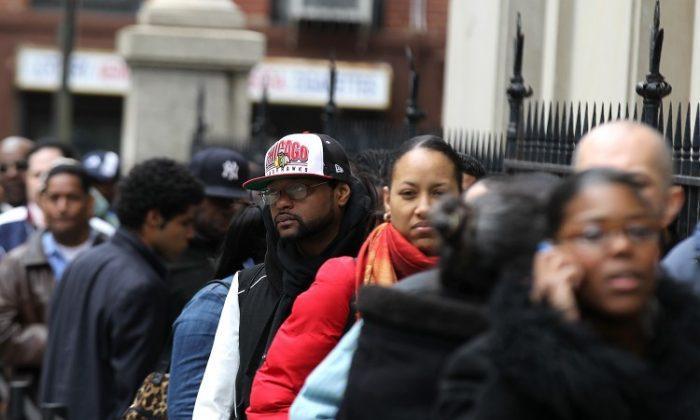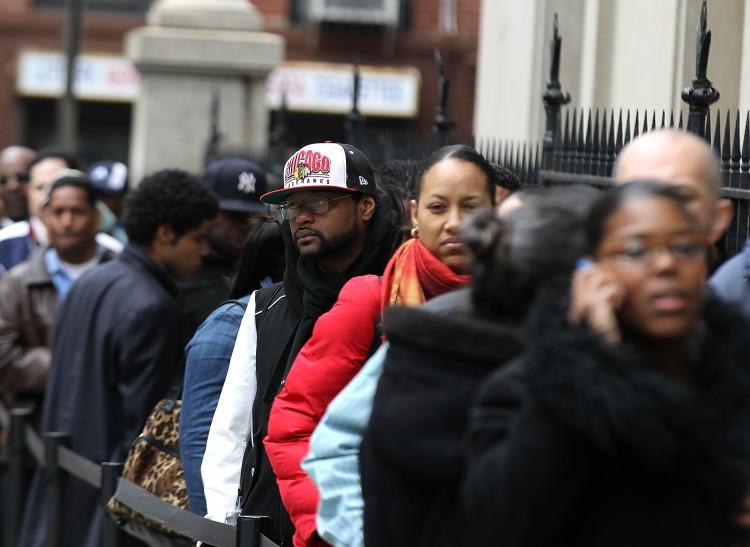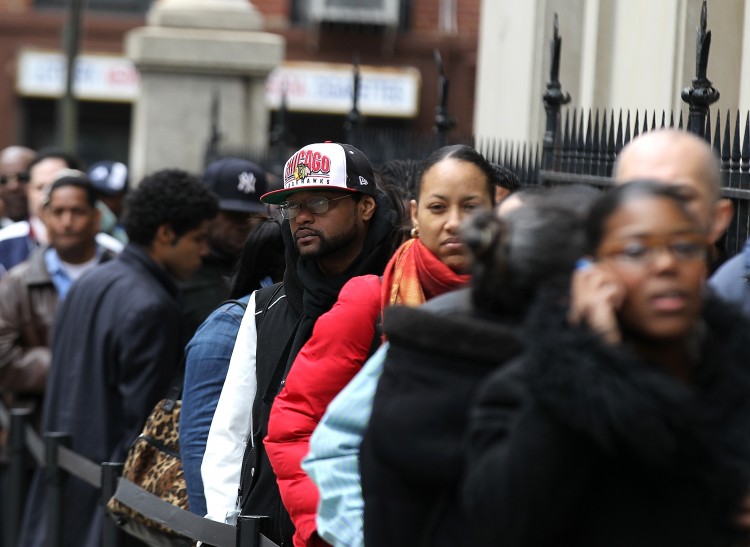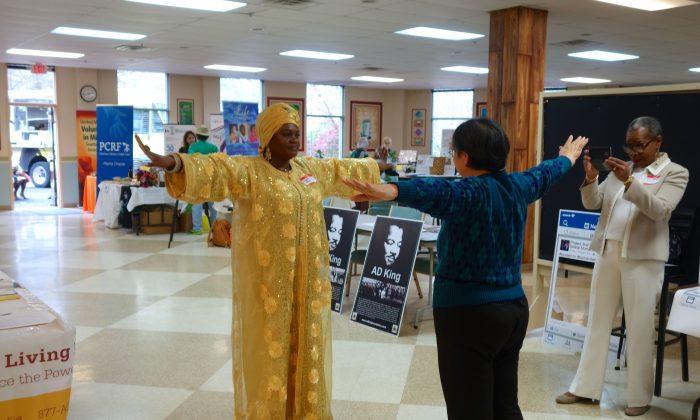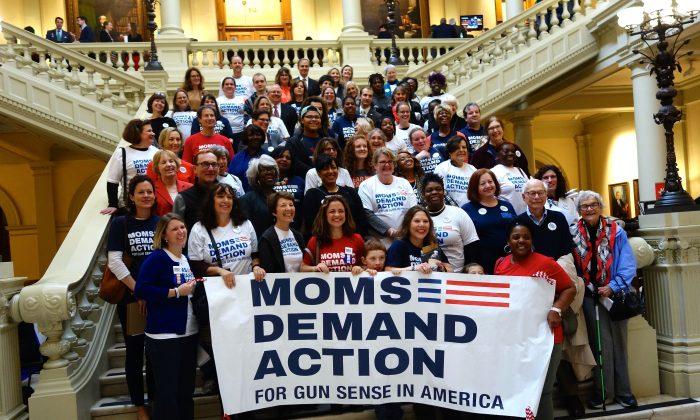This year slightly fewer families have an unemployed member, according to numbers from the Bureau of Labor Statistics (BOL). In a report released Thursday, the BOL said 11.5 percent of American families included an unemployed person in 2011. The percentage peaked in 2010 at 12.5 percent. There are 78.4 million families in the United States. The report said most families with an unemployed person also include someone who has a job.
Alan B. Krueger, chairman of the Council of Economic Advisers, said in an April 26 speech, “It will take a concerted national effort to reverse the problems that have been building in the job market for decades, and, although much more work needs to be done, we have made progress in the last few years.”
He said the country has had a middle-class jobs deficit for decades, and that the jobs deficit is both structural and cyclical. He learned from his teachers that “economic downturns caused by financial crises can inflict lasting harm on families and the economy if left to their own devices, and that the appropriate mix of economic policies can reduce the damage and support recovery.”
Policies that reverse economic volatility should reduce the cyclical aspect of the jobs deficit, according to Krueger. The structural problems include stagnant college completion rates, loss of manufacturing jobs overseas, energy costs, and declining real wages, he said. All of those must be addressed in order to support a vibrant middle class.
The number of people applying for unemployment dropped very slightly last month. Only 1,000 fewer applicants dropped the total to 388,000, according to the Labor Department. This was less improvement than predicted.
According to the White House, the economy is continuing to recover, but certain types of workers are far worse off than others. Construction workers have a 17.2 percent unemployment rate, much higher than the national average rate of 8.2 percent.
The BOL said the economy added 121,000 jobs in March.
The National Association of Realtors (NAR) issued a brighter piece of news in its monthly report on existing home sales. It said home prices appear to be stabilizing. Home values had been dropping precipitously starting in 2008.
Though home sales declined in March, sales were better than they were a year ago. Completed sales dropped to “4.48 million in March from an upwardly revised 4.60 million in February but are 5.2 percent above the 4.26 million-unit pace in March 2011,” according to a statement from NAR.
NAR President Moe Veissi, broker-owner of Miami-based Veissi & Associates, said “Stabilizing home prices and historically favorable affordability conditions are giving buyers more confidence, and Realtors have become more optimistic since the beginning of the year from the positive shift in buyer patterns,” in a press release.
Lawrence Yun, NAR chief economist, said in a statement, “With job growth, low interest rates, bargain home prices, and an improving economy, the pent-up demand is coming to market and we expect housing to be notably better this year.”
